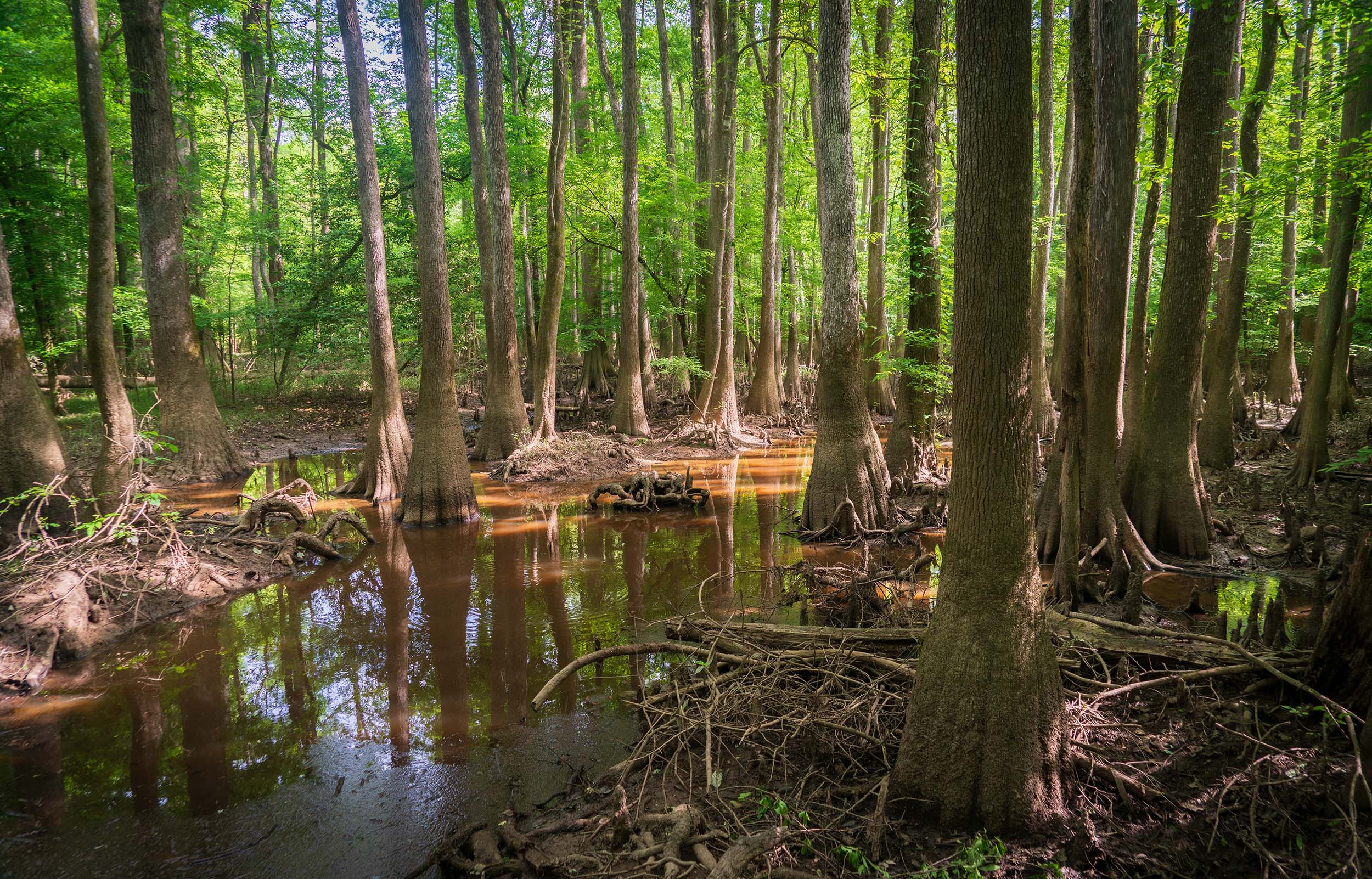Park Information Quick Facts
Location: South Carolina
Park Size: 26,000 Acres
Time Needed: 1-2 days
Best Season: September to November
Must Do: Kayaking
Pro Tips: Bring waterproof gear or shoes if you plan to explore the trails or kayak.
Visitor Centers
Congaree National Park has two main visitor centers that provide valuable resources and information for those exploring the park. The Congaree Visitor Center, located near the park’s main entrance, serves as the primary hub for visitors. Here, you can pick up maps, brochures, and learn about the park’s history, wildlife, and conservation efforts through informative exhibits. The center also features a small gift shop where visitors can purchase souvenirs, including books on the park’s ecology and natural history. Staff at the visitor center are available to answer questions and offer recommendations on the best trails and activities based on the time of year and weather conditions.
Plan Your congaree Adventure Today!
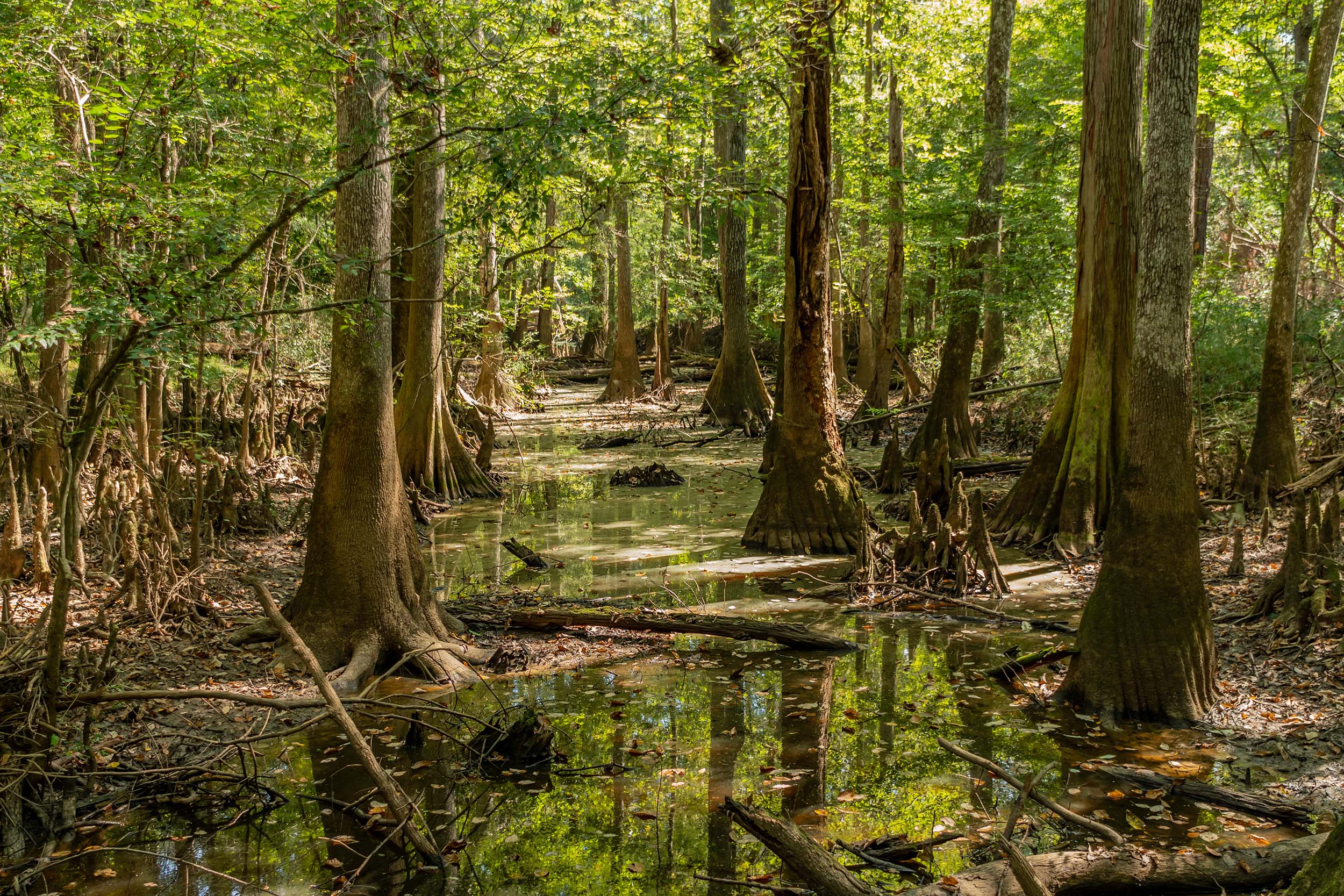
Getting There
How to Travel to Congaree National Park
Congaree National Park is located in central South Carolina, making it easily accessible by car from several major cities in the region. If you’re driving from Columbia, South Carolina, the park is only about a 30-minute drive to the southwest, which is ideal for a day trip. For visitors coming from further distances, the park is roughly 90 miles from Charleston and about 120 miles from Greenville, making it feasible for a weekend getaway. Major highways like Interstate 26 and U.S. Highway 601 lead directly to the park’s entrance, and once there, well-marked signs will guide you to the visitor centers and trailheads.
If you’re flying to Congaree National Park, the nearest major airport is Columbia Metropolitan Airport (CAE), located approximately 20 miles from the park. This airport is serviced by several domestic airlines, with connecting flights available from major hubs across the United States. For those coming from out of state, renting a car at the airport is the most convenient option for reaching the park. Additionally, Charleston International Airport (CHS) and Greenville-Spartanburg International Airport (GSP) are other viable options for travelers, though they are farther from the park and may require a longer drive.
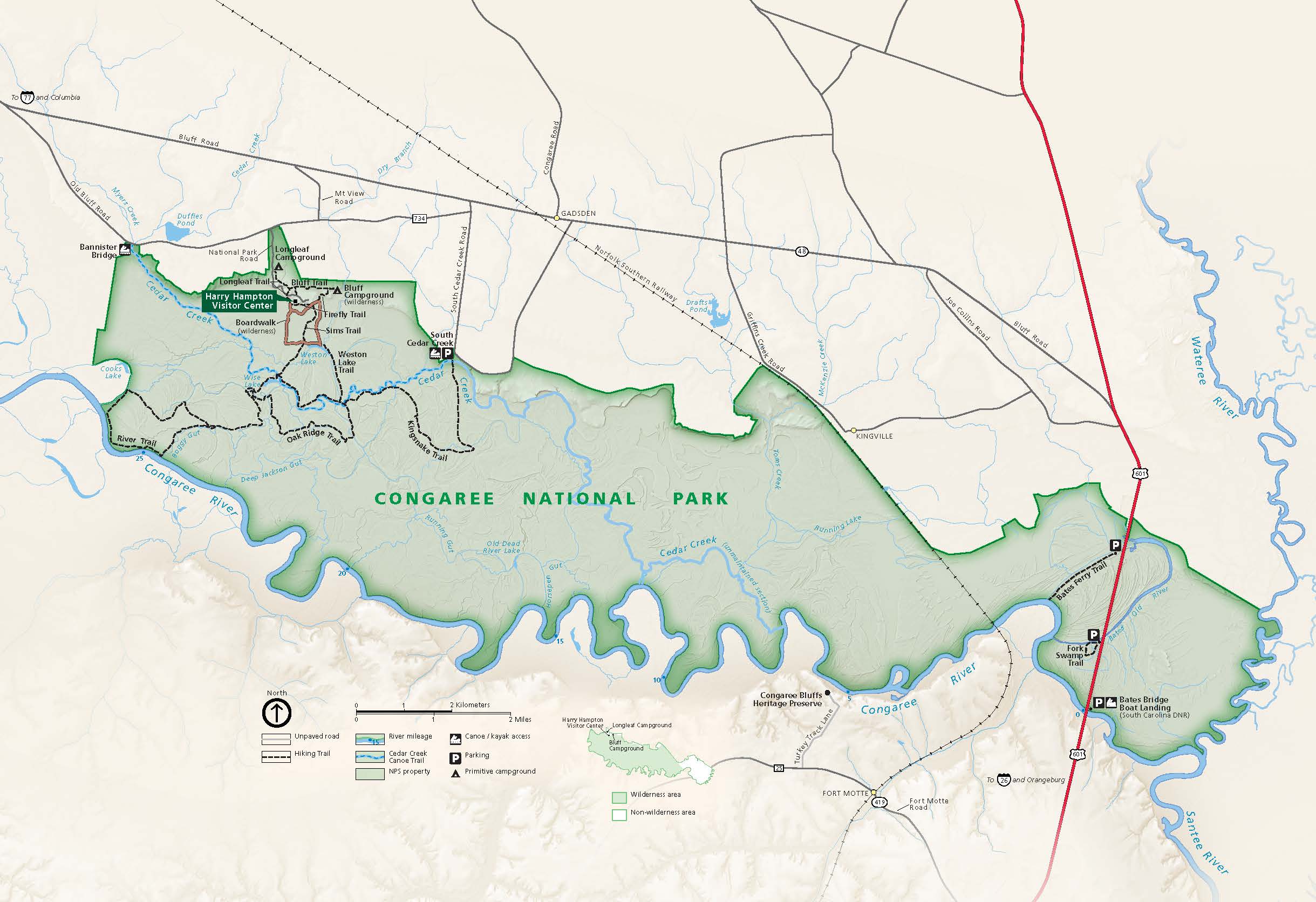
Camping
Longleaf Campground
- This is the main, car-accessible campground with 20 campsites. It is equipped with picnic tables, fire rings, and vault toilets. The campground is located near the park entrance and offers easy access to trails and other park amenities.
Bluff Campground
- This remote campground is accessible only by canoe or kayak, located along the Congaree River. It has 4 campsites, offering a more secluded experience for those looking to enjoy the park’s natural beauty in a quieter setting.
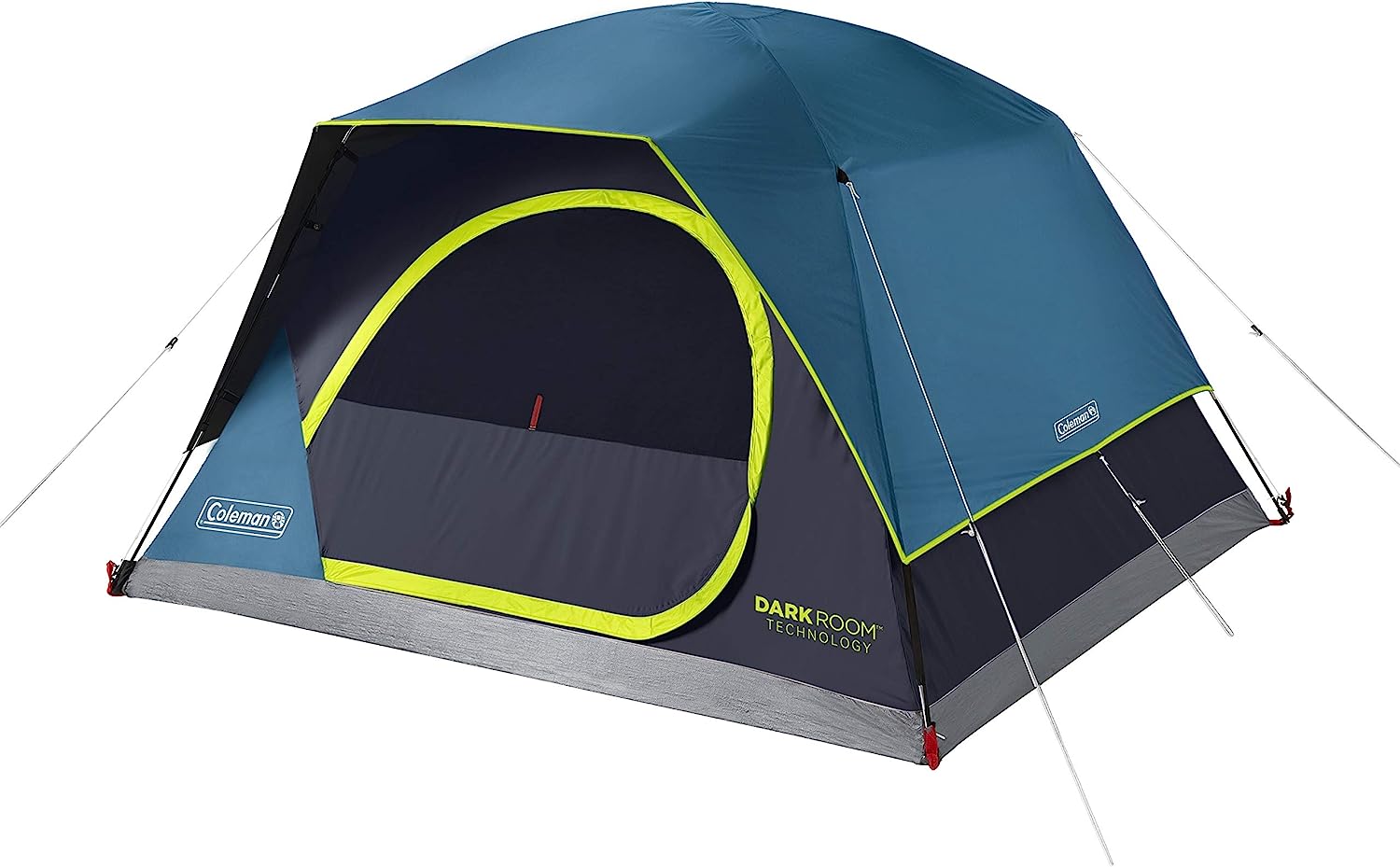
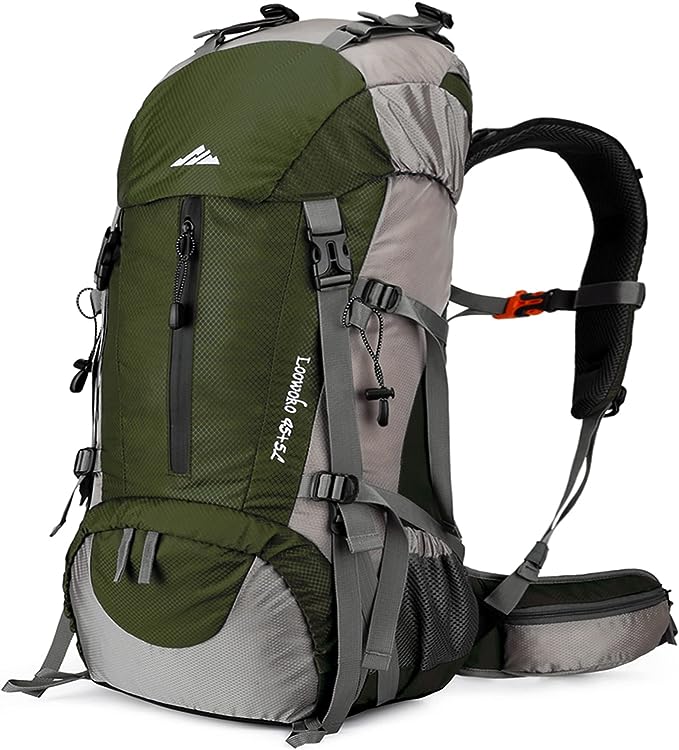
-
Be Prepared for Wet Conditions – Congaree National Park is a floodplain, so the terrain can be wet and muddy, especially after rainfall. Make sure to bring waterproof gear, including boots, a rain jacket, and a tarp for shelter. If you’re camping at Bluff Campground, remember that the site is only accessible by canoe or kayak, so plan accordingly.
-
Pack Insect Repellent – Due to the park’s swampy and forested environment, mosquitoes and other insects can be prevalent, especially during warmer months. Be sure to pack strong insect repellent and consider bringing a mosquito net for additional protection while sleeping in your tent.
-
Follow Leave No Trace Principles – As a sensitive ecological area, it’s important to minimize your impact. Use established campsites, pack out all trash, and avoid disturbing wildlife. Additionally, campfires should be built only in designated fire rings to help preserve the park’s natural beauty.
Popular Hiking Trails
Boardwalk Loop Trail
- A 2.4-mile, easy loop trail that takes visitors through the park’s unique floodplain forest. This elevated boardwalk provides a dry, accessible way to explore the swampy environment and see wildlife up close.
Kingsnake Trail
- A 2.6-mile moderate loop trail that winds through upland hardwood forests and offers a more secluded experience. This trail provides opportunities for birdwatching and seeing a variety of plant species.
Longleaf Trail
- A 3.5-mile moderate loop trail that meanders through a variety of habitats, including floodplain forests and upland pine forests. The trail offers a peaceful, less trafficked experience compared to others in the park.
Congaree River Trail
- A 2.4-mile out-and-back trail that follows the Congaree River, offering scenic views of the river and the surrounding floodplain. This trail provides a glimpse into the park’s wetland habitats and is relatively flat.
Oakridge Trail
- A 1.4-mile loop trail that takes you through a mix of hardwood forests and offers a chance to see towering trees, including some of the park’s oldest specimens. This trail is shorter but offers great views of the park’s diverse habitats.
Bluff Trail
- A 1.1-mile easy trail that provides access to Bluff Campground. This trail runs along the river’s edge and offers views of the Congaree River and surrounding landscape.
Hiking Trails in Congaree National Park
Congaree National Park boasts a diverse network of hiking trails that allow visitors to immerse themselves in its breathtaking natural beauty and unique ecosystems. The Boardwalk Loop Trail is the park’s most popular and accessible trail, offering a 2.4-mile elevated path through the heart of the floodplain forest. This easy, wheelchair-accessible trail is ideal for families and first-time visitors, providing stunning views of the towering trees, swampy landscapes, and abundant wildlife. Interpretive signs along the way share insights into the park’s ecology, making it both an educational and visually enriching experience.
For those seeking more adventure, the park offers longer trails like the Kingsnake Trail, a 2.6-mile loop through less-traveled areas of the floodplain. This moderate trail is a favorite for birdwatchers, as it passes through prime habitats for a variety of species, including woodpeckers, owls, and migratory birds. The Oakridge Trail, a 1.4-mile loop, offers a mix of towering hardwoods and views of the park’s diverse terrain, from upland areas to floodplain forests. These trails provide opportunities for solitude and a deeper connection to the park’s rich biodiversity.
Wildlife at the Park
Congaree National Park is home to a rich and diverse array of wildlife, thriving within its unique floodplain ecosystem. The park’s old-growth forests and wetlands provide a sanctuary for countless species, including many that are rare or endangered. Among its most notable residents are white-tailed deer, river otters, and wild boars, which are frequently spotted by visitors exploring the park’s trails or waterways. The swampy areas are also home to reptiles like alligators and turtles, as well as amphibians such as tree frogs and salamanders, which are especially active during warmer months.
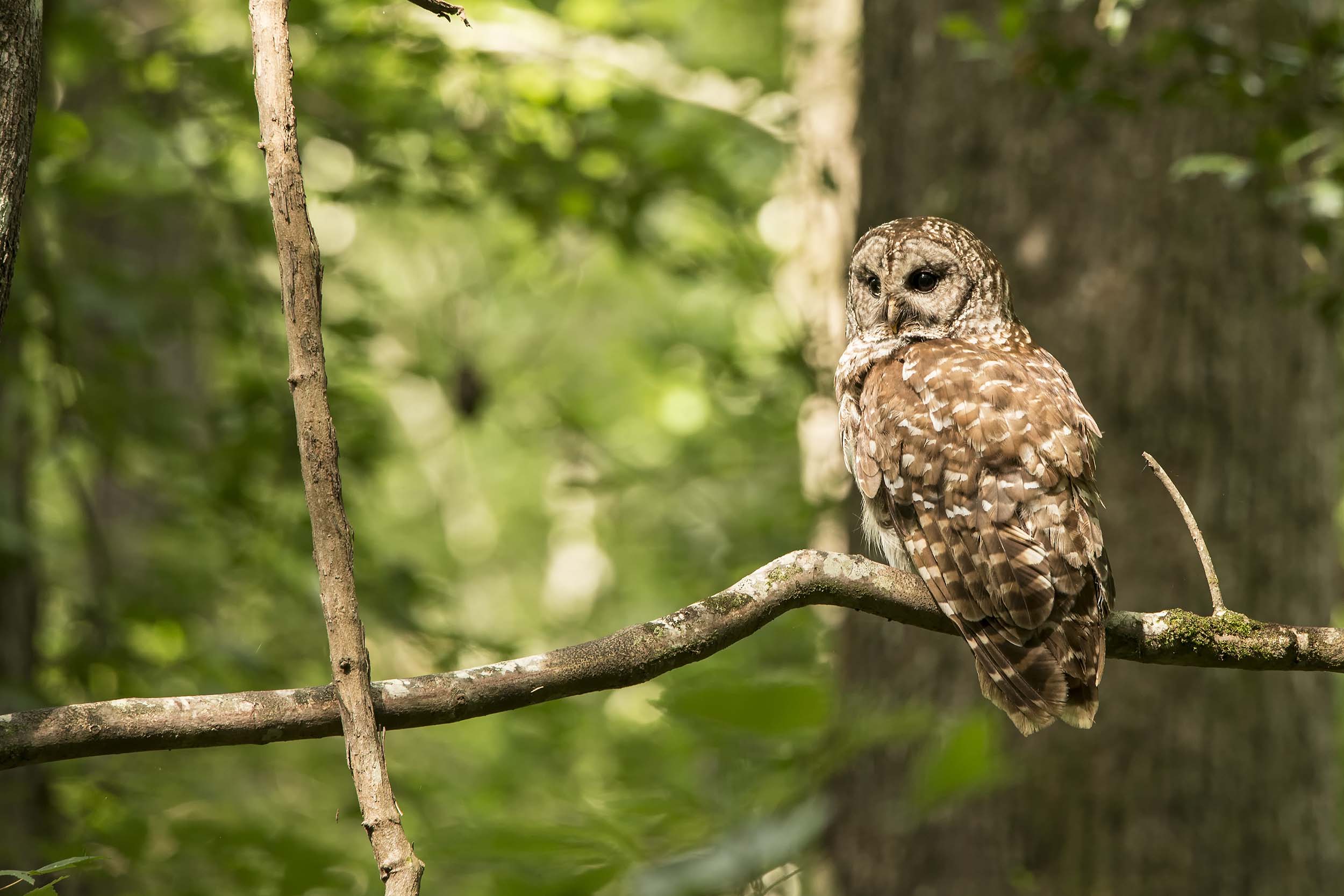
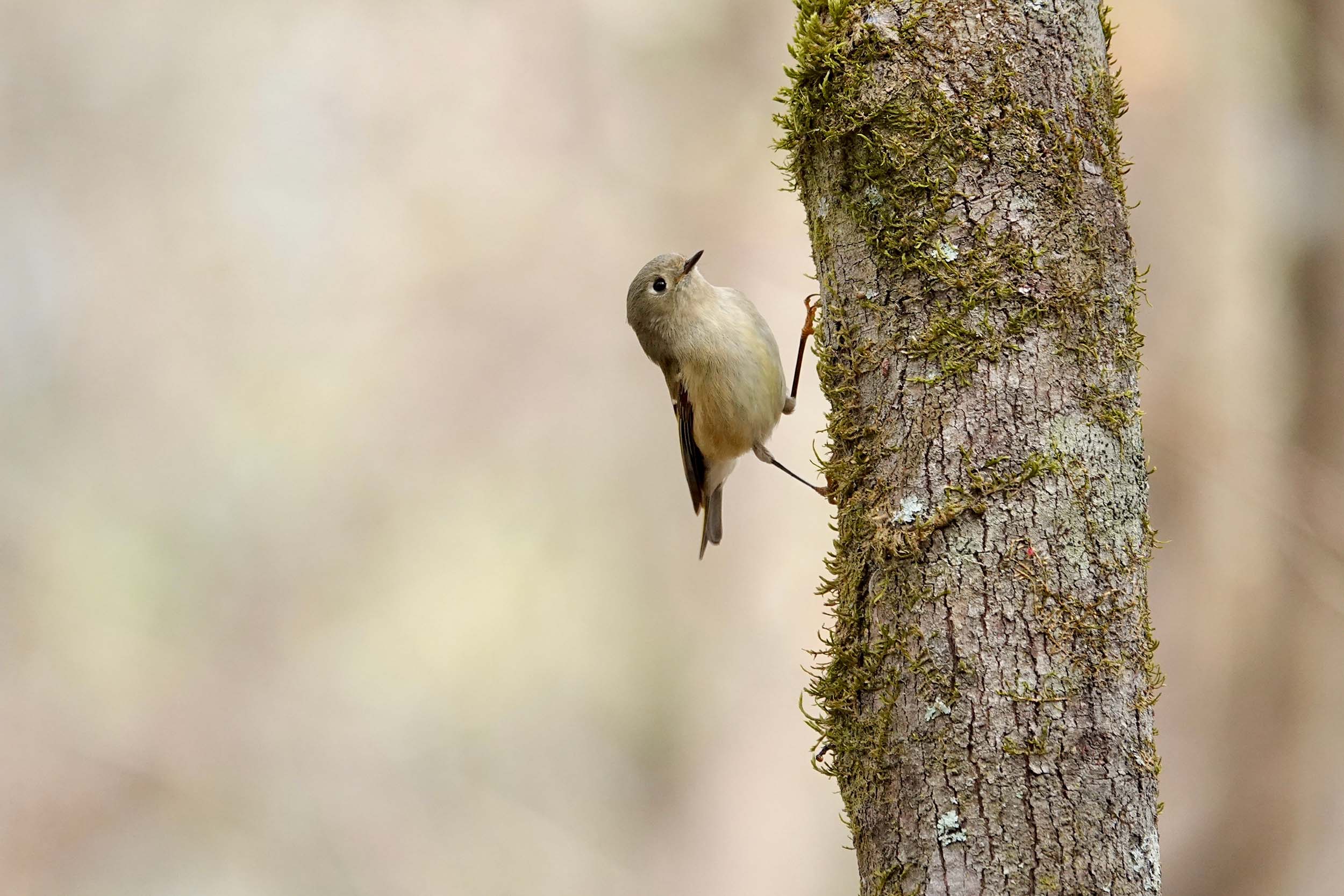
Birdwatchers will find Congaree to be a paradise, as it supports over 200 bird species, including barred owls, pileated woodpeckers, and prothonotary warblers. During the fall and spring migrations, the park becomes a vital stopover for various migratory birds, offering excellent opportunities for observation. The towering trees and waterways provide ideal nesting and feeding grounds, making it one of the best places in the Southeast for birding enthusiasts. Additionally, the park’s floodplain serves as a vital habitat for wood storks and other waterfowl, which can often be seen wading in the shallow waters.
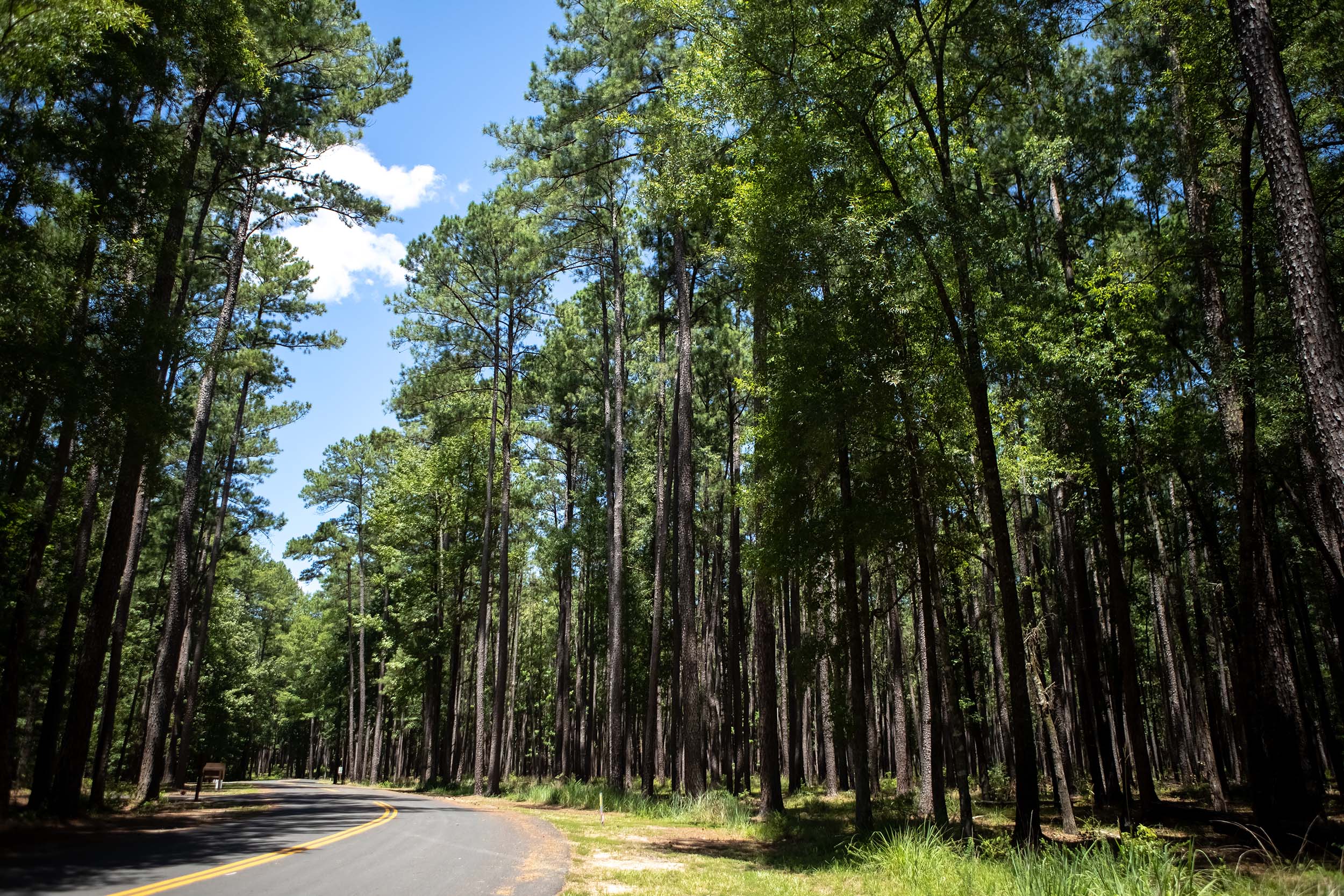
Gear We Used


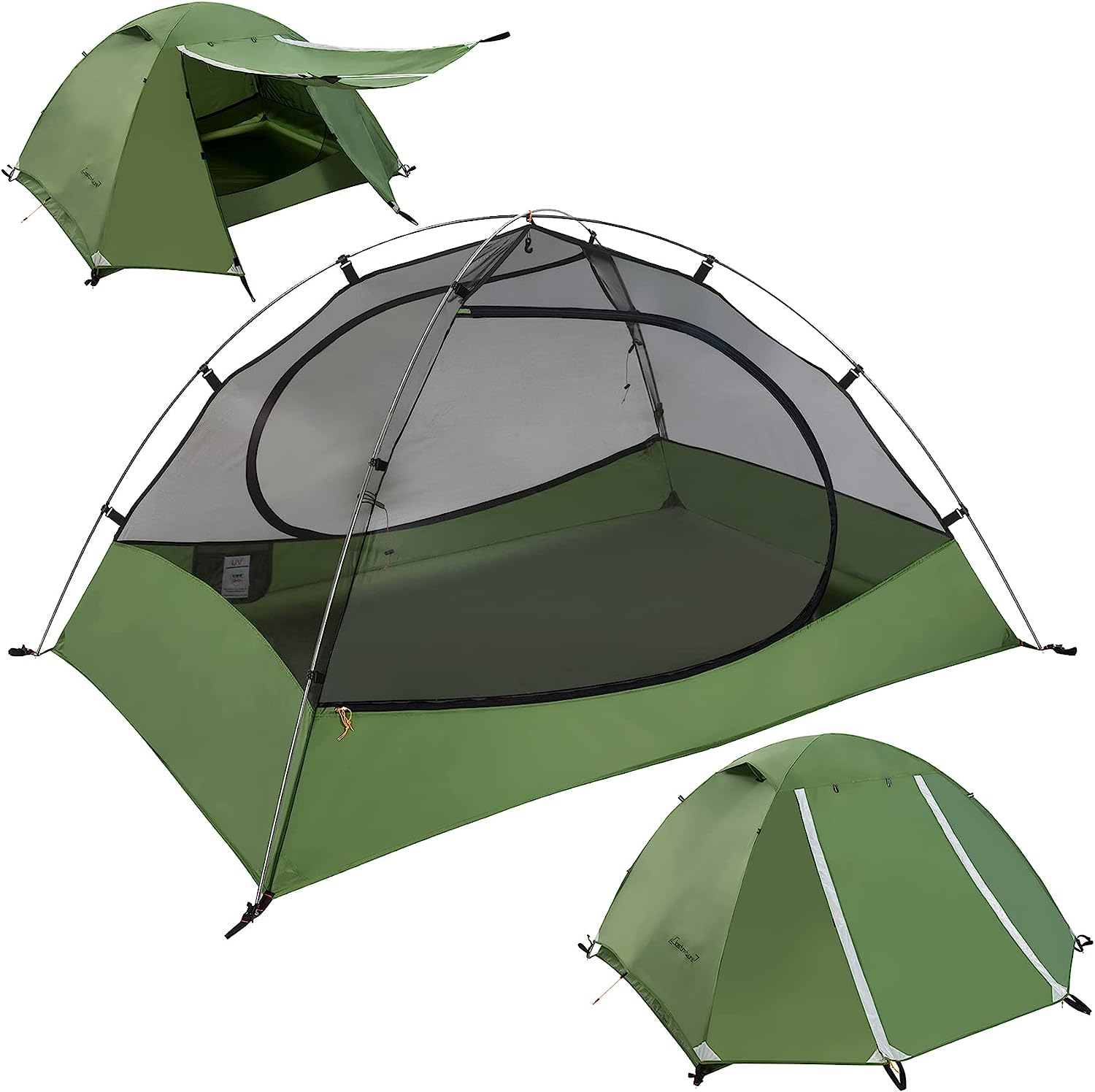
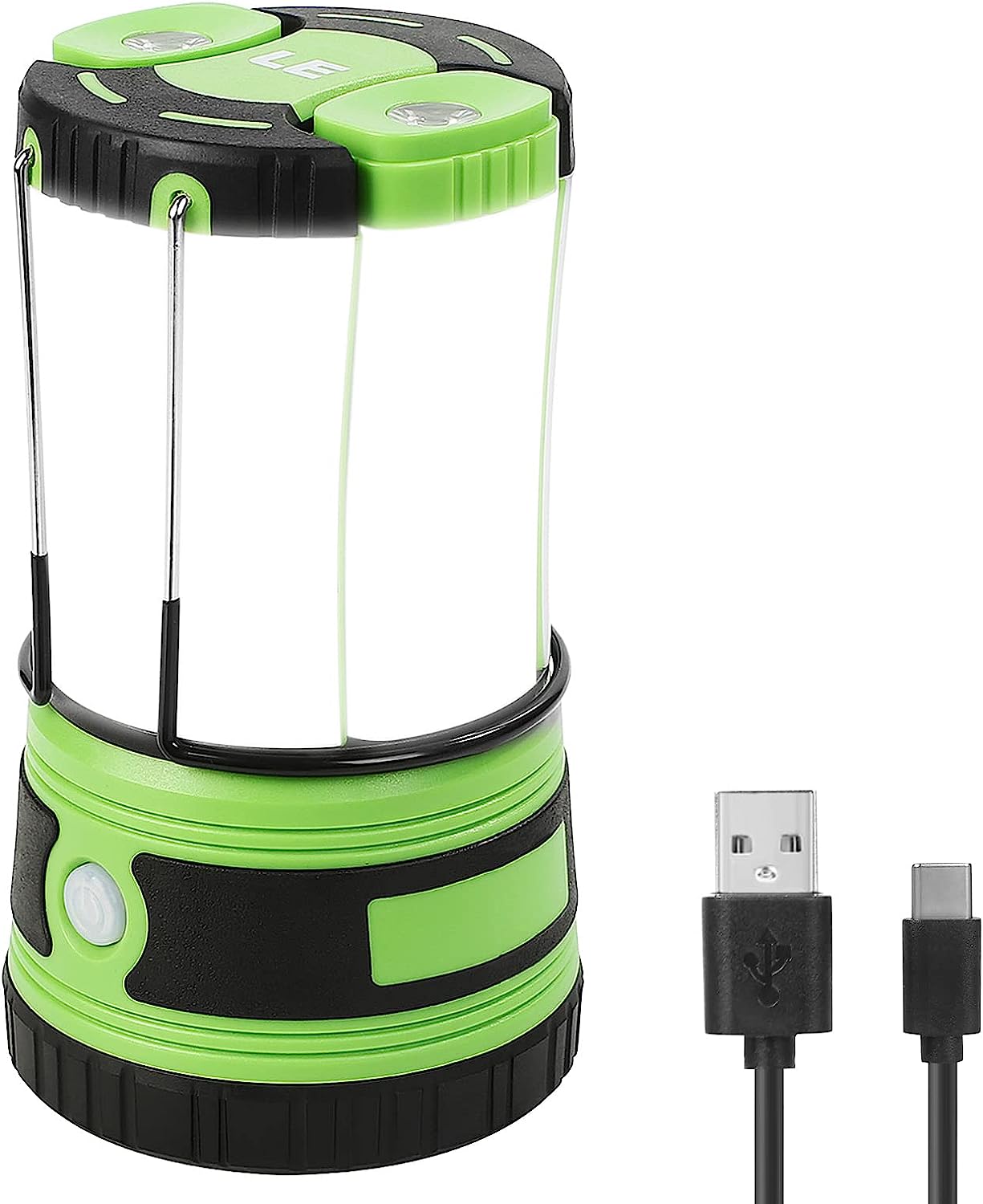
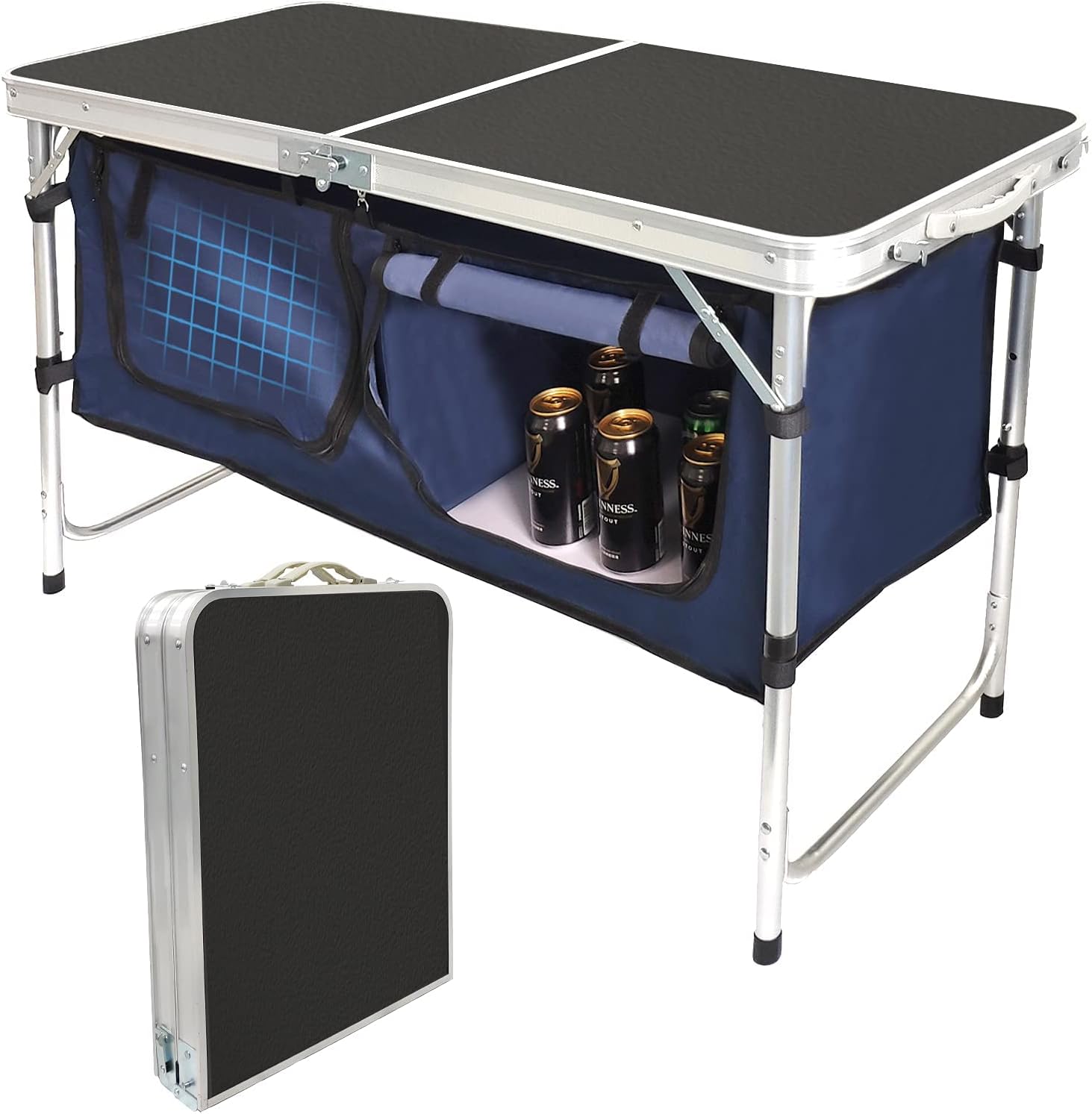
Must-Do Activities
Hike the Boardwalk Loop Trail
The Boardwalk Loop Trail is a must-do activity for first-time visitors to Congaree National Park. This 2.4-mile elevated walkway provides a convenient and immersive way to explore the park’s stunning old-growth floodplain forest. Along the way, you’ll see towering trees, wildlife like deer or turtles, and interpretive signs that highlight the park’s unique ecology. It’s an easy trail that’s perfect for families and visitors of all skill levels.
Paddle Through the Cedar Creek Canoe Trail
For a more adventurous experience, explore the park’s waterways by canoe or kayak. The Cedar Creek Canoe Trail winds through the heart of the park, offering a peaceful and up-close view of its swampy landscape. This water trail provides opportunities to see wildlife such as river otters, wading birds, and even the occasional alligator. Rentals and guided tours are available in the nearby area, making it an accessible activity for all levels of paddlers.
Attend the Firefly Viewing Event (Seasonal)
If visiting in late spring, witnessing the park’s synchronized fireflies is an unforgettable experience. These fireflies light up the forest in a magical display as part of their mating ritual, drawing visitors from across the country. The event usually occurs in late May to early June and is one of the few places in the world where this phenomenon can be observed. Be sure to check the park’s website for dates and viewing guidelines, as this is a highly anticipated seasonal event.
Congaree National Park History
Congaree National Park’s history is deeply rooted in its natural and cultural significance. Before it became a protected area, the region was home to Native American tribes, including the Congaree people, for whom the park is named. These tribes thrived in the area’s rich floodplain ecosystem, utilizing its abundant resources for food, shelter, and trade. European settlers arrived in the 18th century, and much of the land was eventually converted into farmland or used for timber harvesting. Despite this, the remote and swampy conditions of the Congaree River floodplain helped preserve a significant portion of its old-growth hardwood forest, which remains one of the largest intact stands of its kind in the United States.
In the early 20th century, the land came under threat from commercial logging, sparking efforts to preserve the forest. One of the most vocal advocates for conservation was Harry Hampton, a journalist and environmentalist who campaigned to save the area’s ancient trees. Thanks to his efforts and those of other conservationists, the land was designated as Congaree Swamp National Monument in 1976. This designation was a significant victory for environmentalists, as it ensured the protection of the park’s unique ecosystem, which includes towering bald cypress trees, water tupelos, and diverse wildlife. In 1983, the site was also designated as a UNESCO Biosphere Reserve.





